It is "a first step" towards a greater purpose. This Friday, December 11, the City Council, the Diocese and the University of Algarve (UAlg) signed a collaboration protocol that will allow the beginning of a study to create a museological nucleus in the former União Typography (1909- 2013), in Vila Adentro, in Faro.
The moment took place in the old art room of the Municipal Museum of Faro, joining Rogério Bacalhau, president of the Chamber of Faro, Paulo Águas, Rector of UAlg, Father César Chantre, Vicar General of the Diocese of Algarve, D. Manuel Neto Quintas, Bishop of the Algarve, but also Alexandra Rodrigues Gonçalves, university professor and responsible for the team that will carry out the study for the creation of the museological nucleus.
Speaking to journalists, the former regional director of Culture of the Algarve explained that, "in addition to the inventory of what is in terms of assets", this study, which will cost around 33 thousand euros, "will survey testimonies and study documentary of what exists around the written press, not only about the history of Tipografia União, but also about printed culture in the Algarve and in Faro».
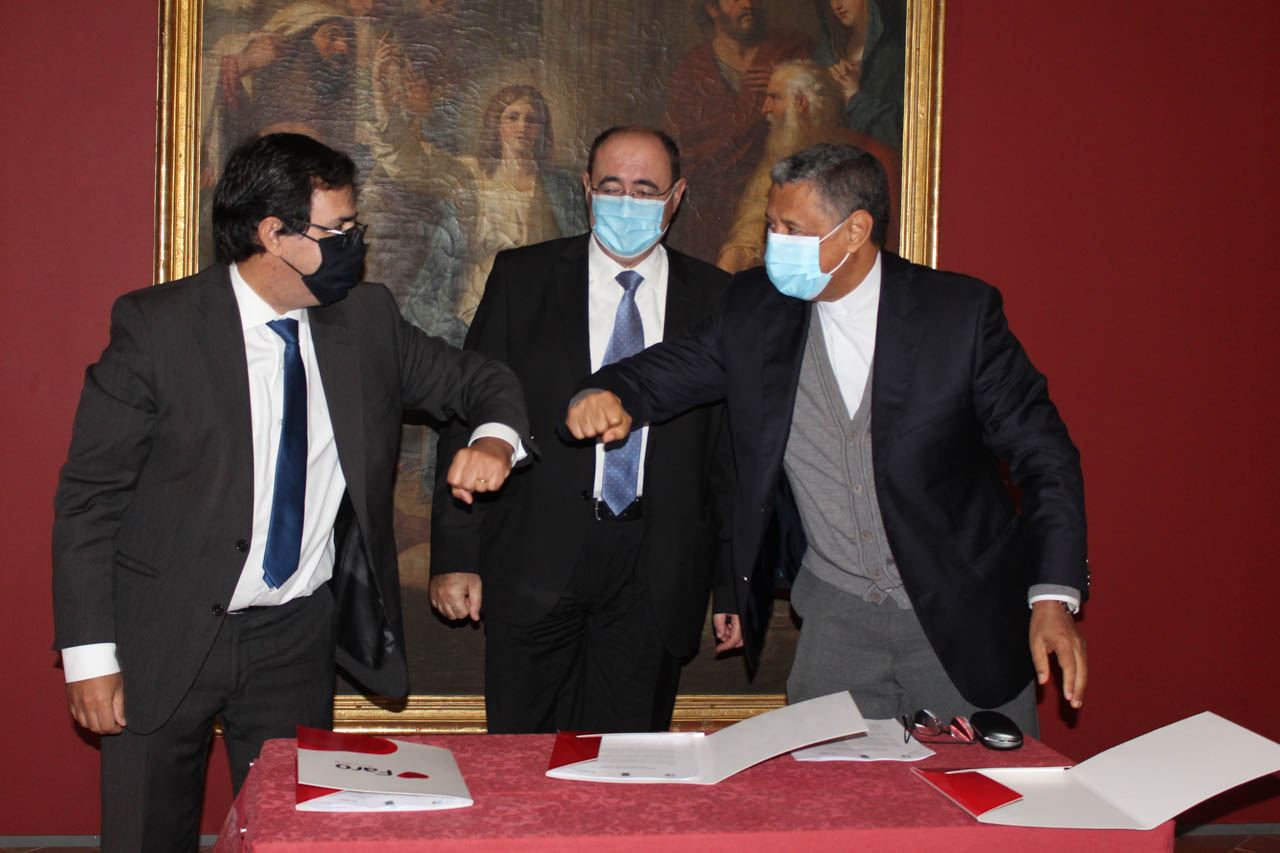
Because, as I said, the «history of that space is not just the history of Faro – it is the history of a region and of various periods that demonstrate that culturally the Algarve had a relevance that is unknown to most of the population».
The former União Typography, owned by the Diocese of Algarve, operated from 1909 to 2013 and was responsible, until the first half of the XNUMXth century, for printing almost all newspapers in the region.
This typography was created so that, from 1910, the Bulletin of the Algarve, of the Diocese of Algarve, could be printed.
This newspaper, which lasted until 1913, was later replaced by Folha do Domingo, a periodical that still exists.
It is based on these stories – and others – that the study now beginning will « identify how narratives of greater significance will be told to the public » in the future museum space.
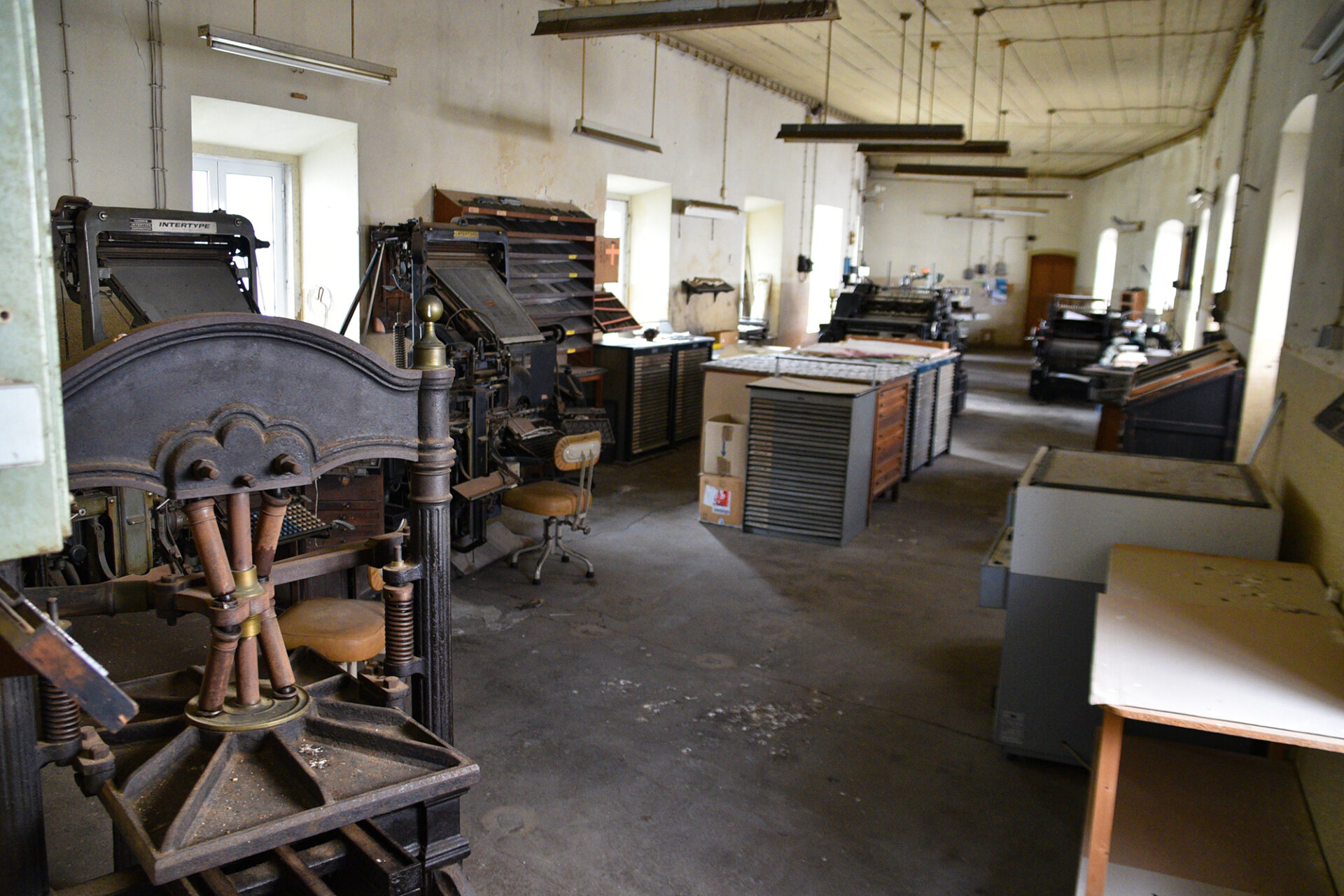
"A proposal will be made to create a narrative and supporting instruments, the interpretation that will be used to present these stories to the public who will visit that site, making the proposal as inclusive and multisensory as possible, meeting the trends of the new museology of greater interactivity, based on technology», explained Alexandra Rodrigues Gonçalves.
Therefore, the team, designed by the University of Algarve, is multidisciplinary. Thus, from UAlg, the team includes Alexandra Rodrigues Gonçalves, specialist in cultural management, museums and tourism, Mauro Figueiredo, specialist in computing systems and augmented virtual reality, Bruno Mendes da Silva, specialist in Communication, Cinema and Literature, and Maria Caeiro , Specialist in Design. From the CHAM – Humanities Center (inter-university research unit linked to the Faculty of Social and Human Sciences of the Universidade Nova de Lisboa and the University of the Azores), participates Patrícia de Jesus Palma, a specialist in Contemporary History and Portuguese Studies.
«In our complementarity, I believe that we are able to establish a course and a proposal for a new cultural attraction and a new pillar of knowledge creation in the region», considered Alexandra Gonçalves.
This study work will last throughout 2021, with visits to other spaces that already have museums in the press area, in Portugal and abroad, if the pandemic leaves it.
As for the lifting of the estate, "it is about to begin". Until now, it is known that there are «very relevant printing machines and presses, with great historical value, unique, but also a documental collection that has yet to be studied».
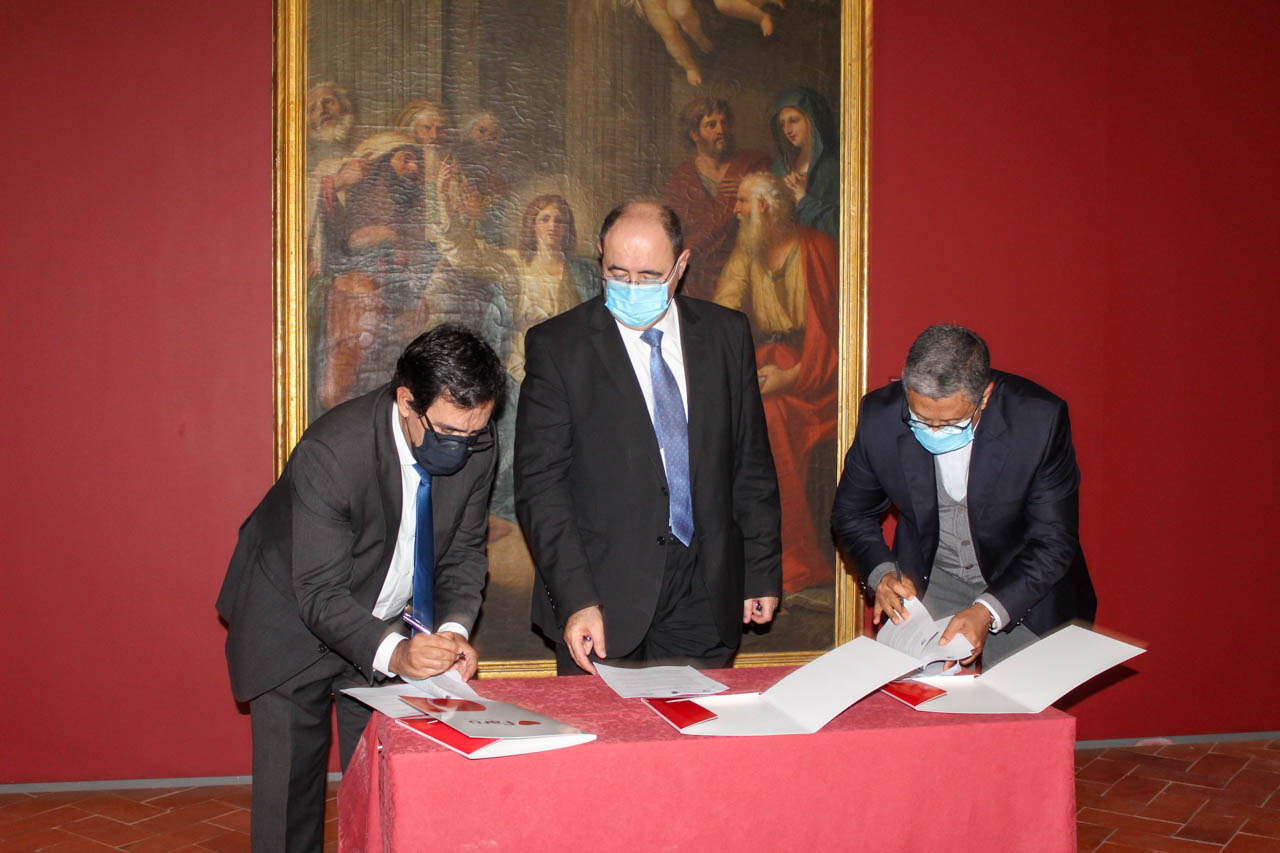
«We have a lot of our regional history that has yet to be known and disseminated. At the same time, this can serve as a basis for creating new knowledge. We are crossing several areas: science, culture, religion itself. Creating a new center for debate and knowledge is, in fact, the main objective of the realization of this future museological nucleus», said Alexandra Gonçalves.
Even because, despite «many still don't know it», it was in Faro that the first book was printed in Portugal: the Pentateuch, by Samuel Gacon, in 1487. «We want to reaffirm Faro in its centrality», summarized the university professor.
Moreover, the idea of creating this museum space is not new and was even launched by Bishop D. Manuel Neto Quintas, in 2017, as part of a re-edition facsimile of the Pentateuch and a colloquium organized by the Regional Directorate of Culture, Chamber of Faro and CALL
In this regard, Rogério Bacalhau, president of the Chamber of Faro, referred to the «years of preparation» for this step taken today, December 11, as well as the importance of preserving the assets of the former União Typography.
“It is our culture, our identity that is there”, he concluded.
Help us to do the Sul Informação!
Contribute your donation so that we can continue to make your journal!
Click here to support us (Paypal)
Or use our IBAN PT50 0018 0003 38929600020 44
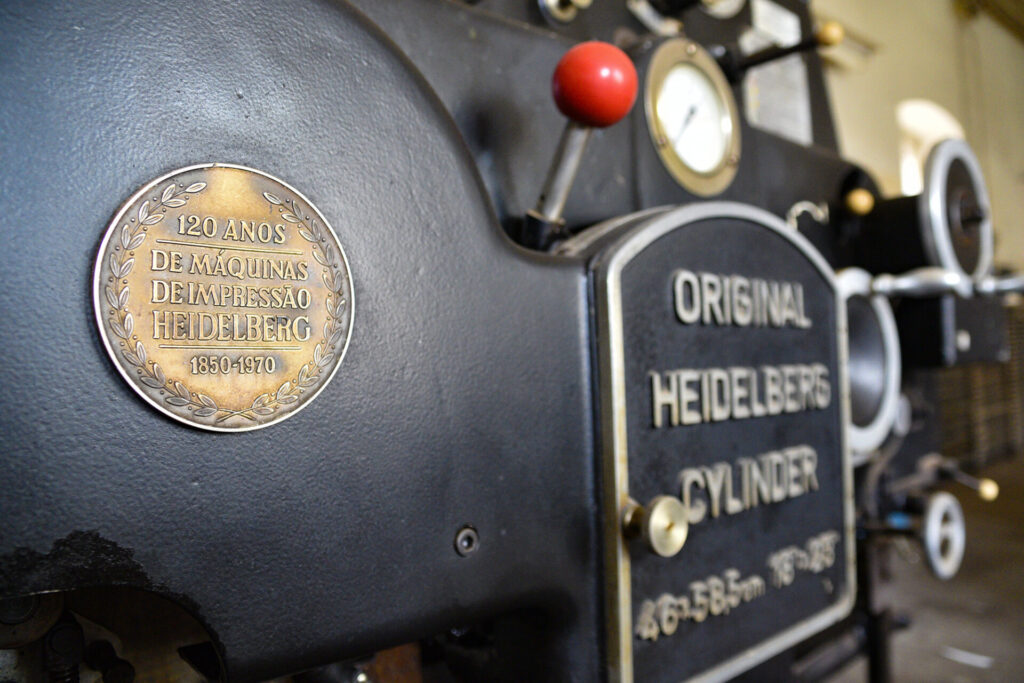
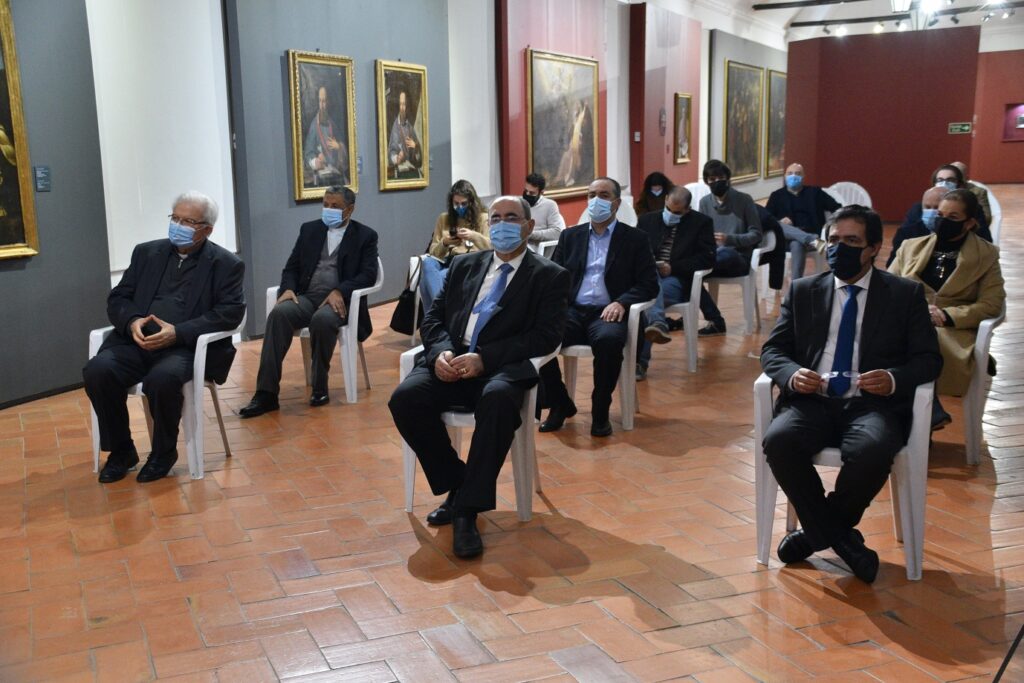
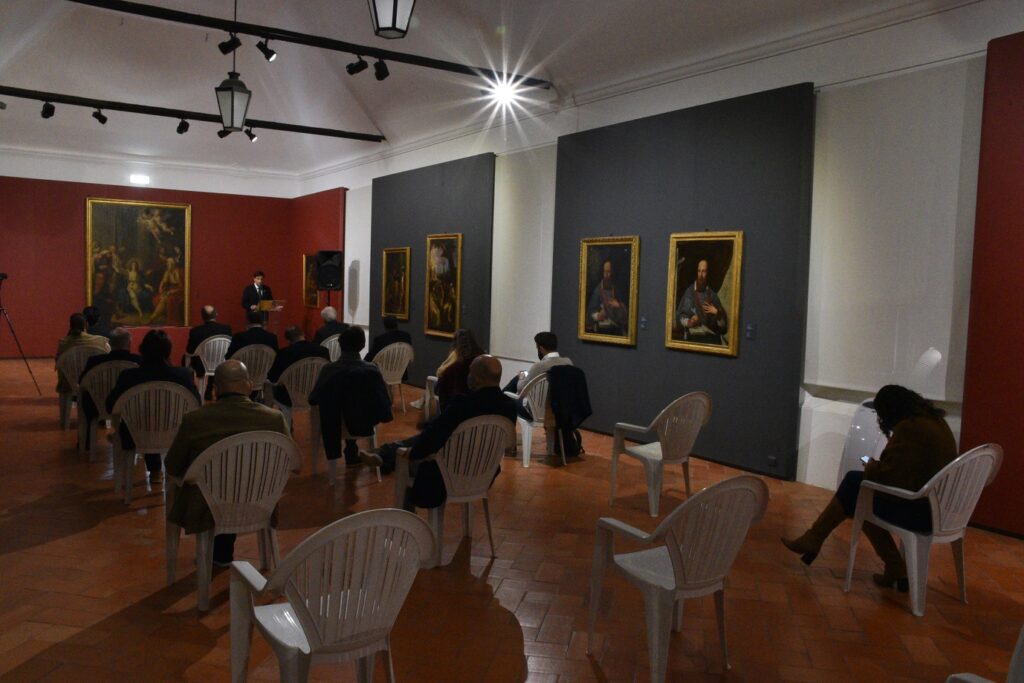
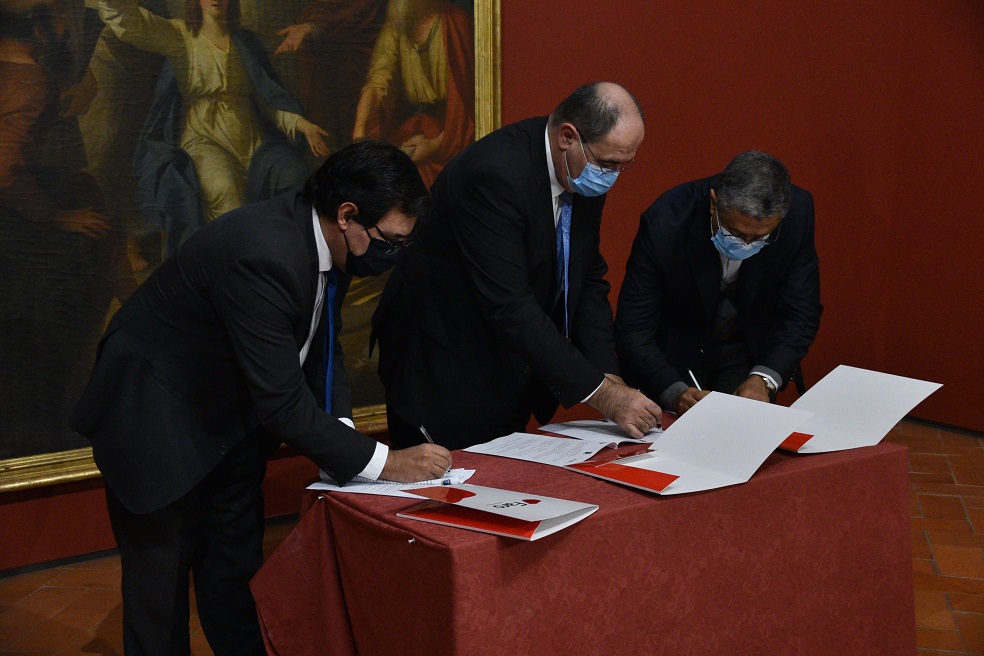
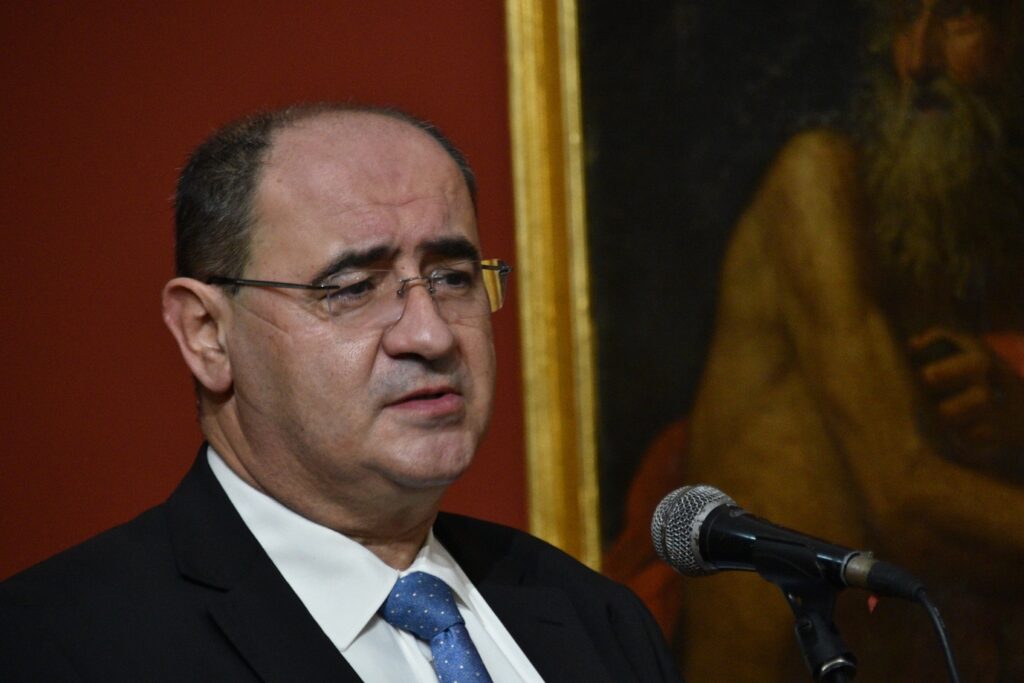
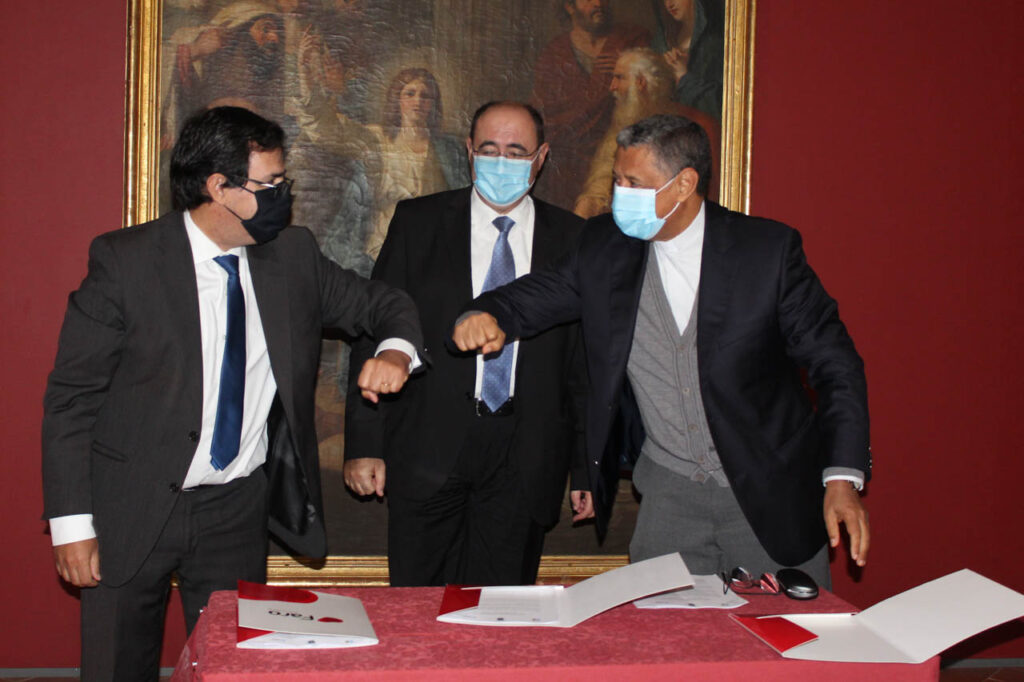
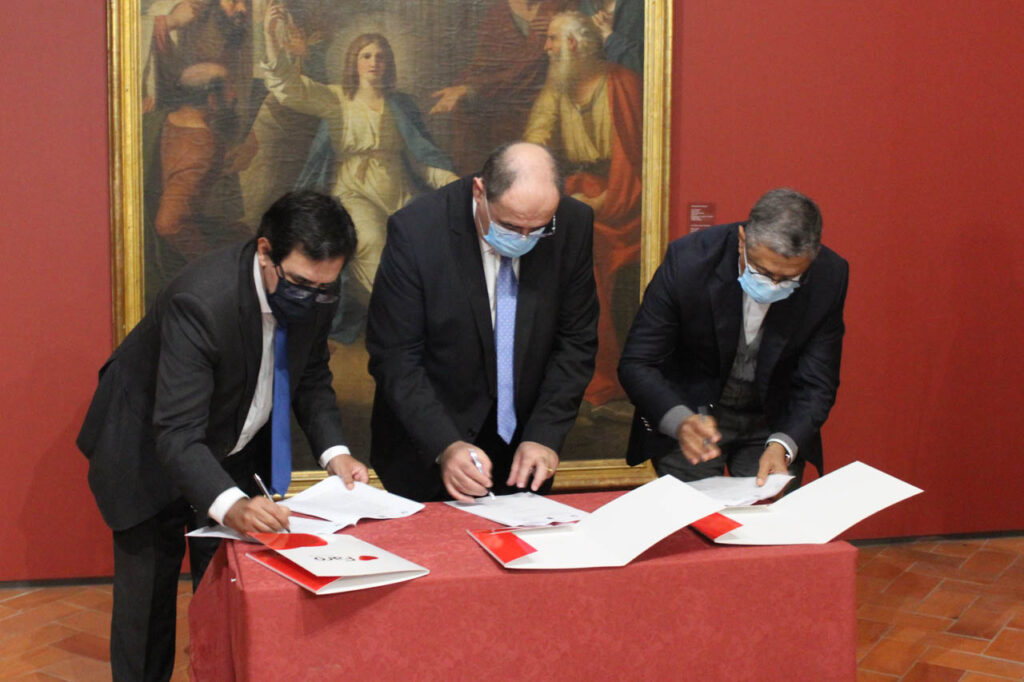
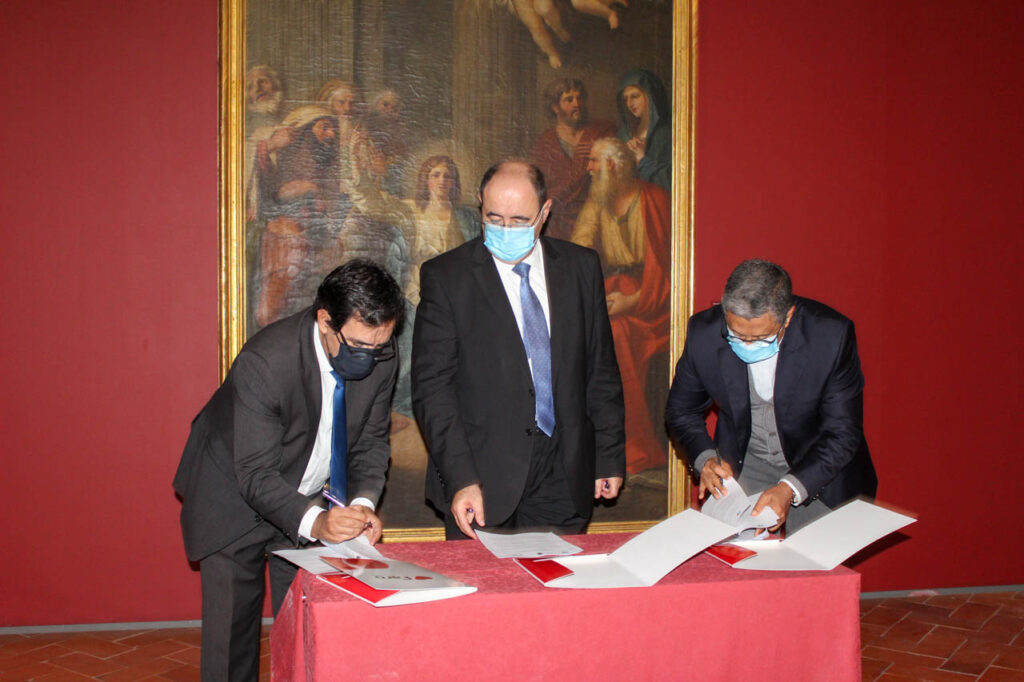
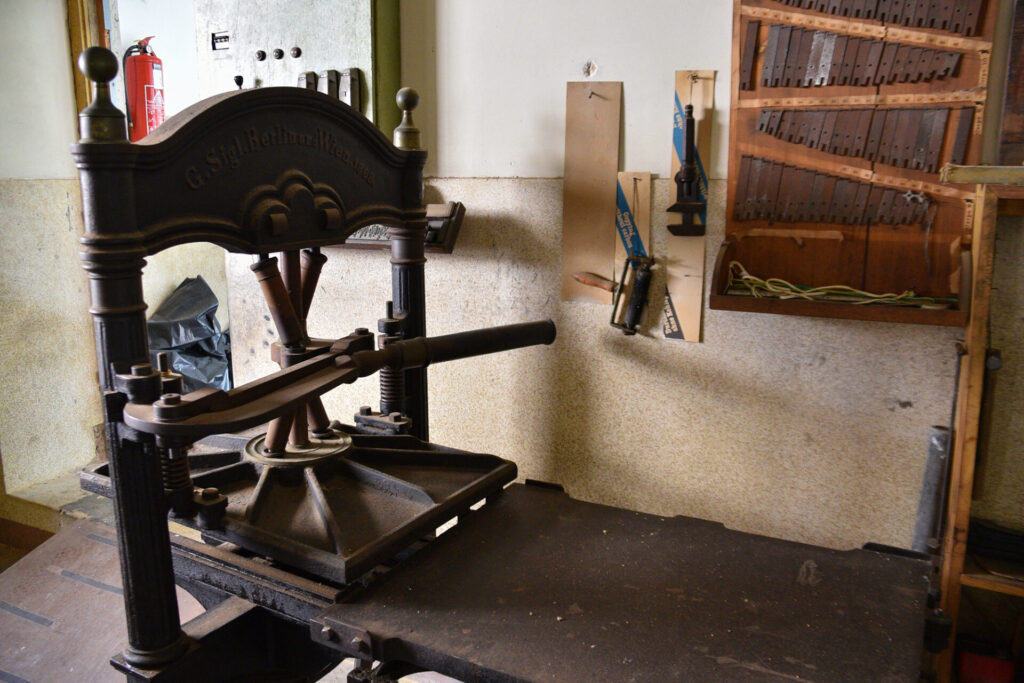
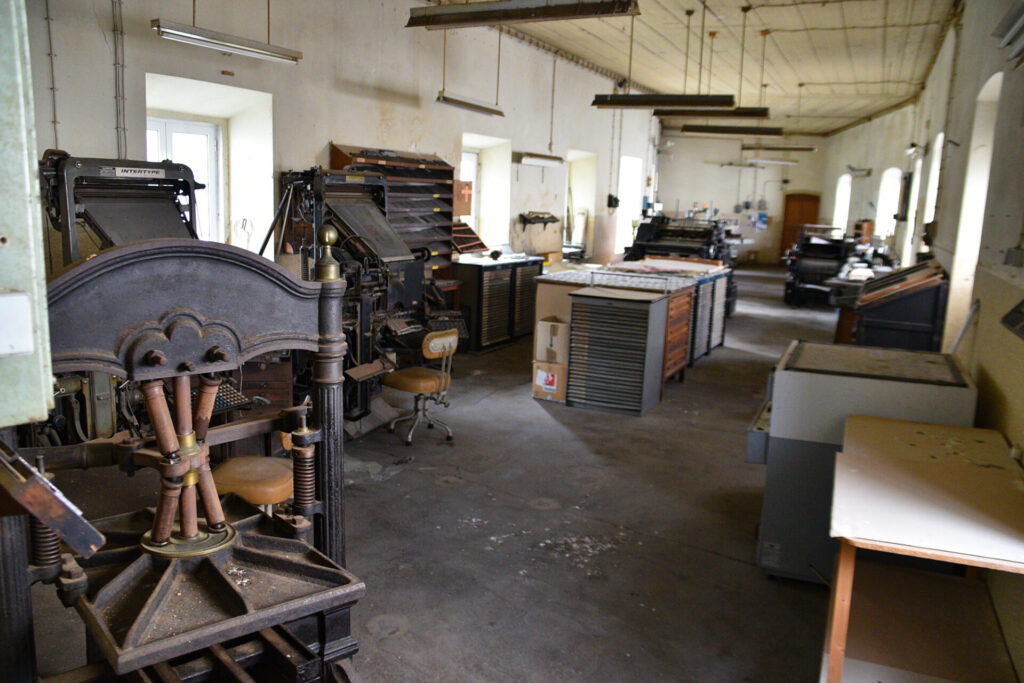


















Comments